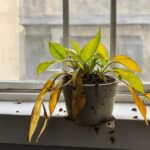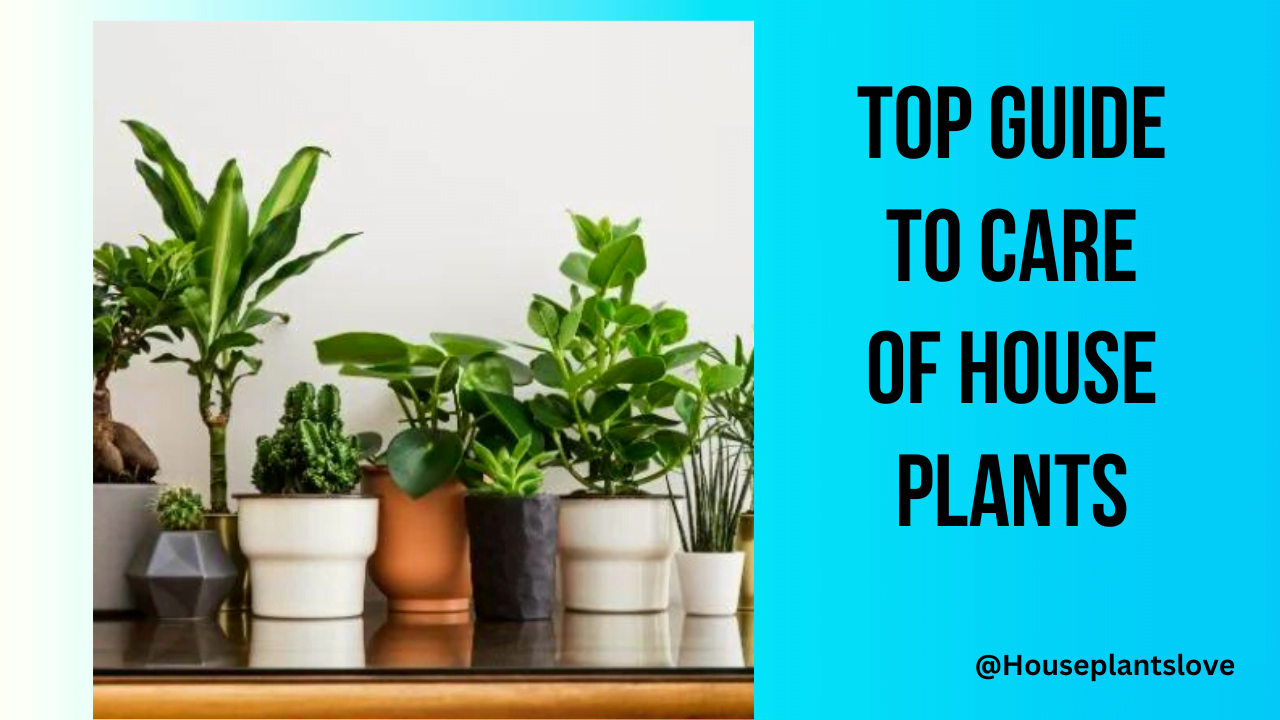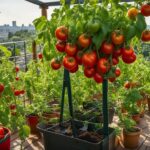I’ve loved and lost many houseplants. I’ve seen them grow strong and wither away. This journey has taught me a lots of Facts About Owning Houseplants : good, bad, and ugly .
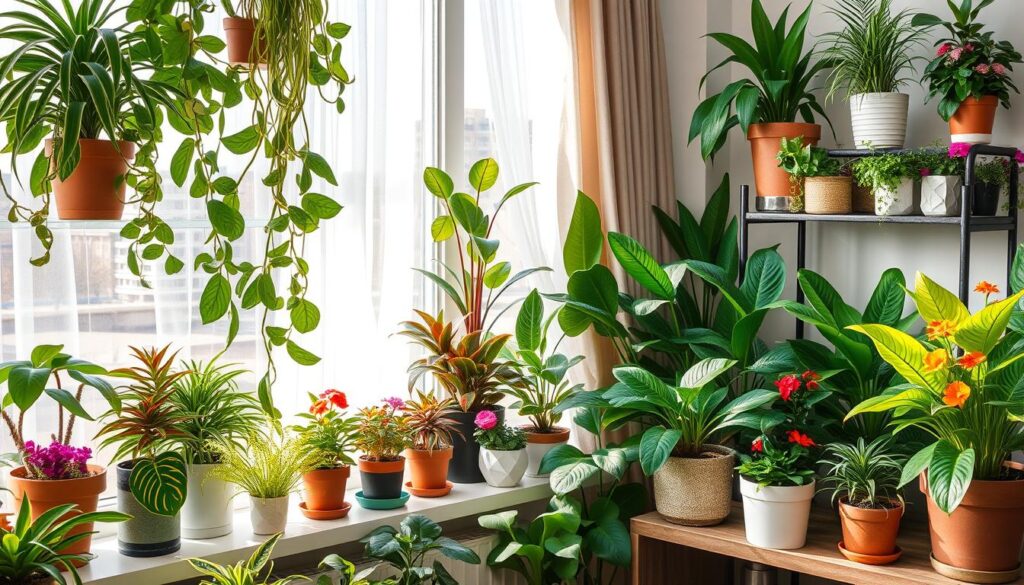
The Truth or Facts About Owning Houseplants: The Good, The Bad & The Ugly
One thing that has always puzzled me is the “disappearing act” of houseplants. Millions are bought every year, but many don’t grow up to be healthy plants. I’m on a mission to figure out why and help others avoid it.
But there’s more to houseplants than just their disappearance. There are real challenges in keeping them alive. Understanding each plant’s needs is key. It’s a journey of patience, adaptability, and learning from both wins and losses.
In this article, I’ll share my experiences with houseplants. I’ll talk about the highs and lows and offer tips I’ve learned. My goal is to inspire you to care for your plants with passion and understanding.
The Disappearing Act of Houseplants
It’s a curious phenomenon – the sheer volume of small, retail-sized houseplants sold each year. Yet, large, mature plats are rare in homes and gardens. Sadly, most houseplants don’t survive more than a year or two.
In my own experience, finding well-established, thriving houseplants is tough. Most nurseries and garden centers sell younger, smaller plants. This trend shows high plant mortality rates among indoor greenery. The indoor plant lifecycle is often cut short before plants reach their full potential.
Where Do All the Houseplants Go?
The disappearing act of houseplants is due to many factors. Improper care, neglect, and unsuitable environmental conditions are common. Many homeowners struggle to provide the right care for mature houseplant indoors.
The Exception to the Rule: Mature Indoor Plants
While the lack of large houseplants is disheartening, there are exceptions. During a recent visit to a plant nursery, I found a magnificent Snowdrop Cactus. It shows the resilience of some plant and the possibility of indoor plants reaching impressive sizes.
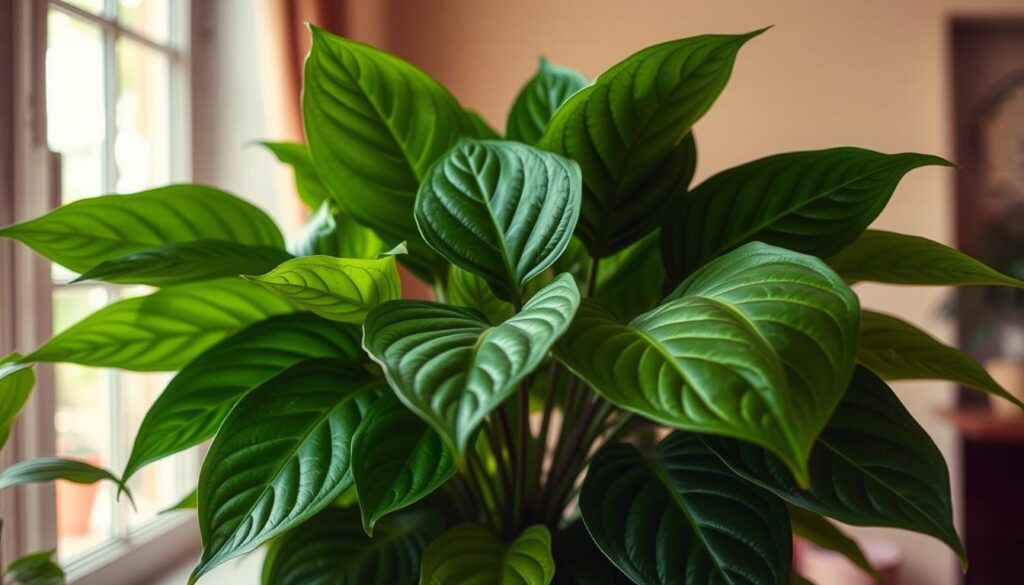
As a plant lover, I’ve found owning houseplants is complex. They purify the air, add beauty, and boost our mood. Yet, keeping them alive is a big challenge.
Most houseplants don’t last long, often dying within a year. Many are stuck in small pots, leading to unhealthy plants. Also, too much bad plant care advice online and in books is a problem.
Many see houseplants as throwaways, not as living things. The Rubber Plant is a great example. It needs the right light, water, and humidity to thrive. Without it, it quickly becomes unhealthy.
| The Good | The Bad | The Ugly |
|---|---|---|
| Air purification | High mortality rate | Stunted growth |
| Aesthetic appeal | Superficial care advice | Unhealthy plants |
| Mood and productivity boost | Perception of disposability | Neglected plant needs |
The good of houseplants is clear, but we can’t ignore the bad and ugly. Knowing the challenges and having the right info helps us create a lasting, beautiful indoor garden.
Common Mistakes in Houseplant Tips
The internet is full of people calling themselves “experts” on houseplants. But, the quality of their advice varies a lot. With so many online plant experts, it’s important to choose wisely when looking for pitfalls of houseplant advice. Bad advice can harm your plants and make you frustrated.
Expert Advice: Quantity over Quality
There are many online experts sharing their plant care tips. But, not all of it is based on science or deep experience. It’s key to know the difference between solid, reliable advice and personal stories that might not work for you.
Ask Better Questions, Get Better Answers
When you’re looking for plant care tips, asking the right questions to get better advice is crucial. Instead of asking general questions, share specific details about your plant and its environment. This way, you’ll get advice that really fits your situation.
By avoiding common mistake in houseplant advice and asking the right questions, you can find reliable tips to help your plants grow well. It’s about finding the right balance among all the the abundance of plant experts and the unreliable plant care guidance online.
Why Reasons Matter More Than Rules for Plant Care
As a dedicated plant enthusiast, I’ve learned that caring for plants is more than just following watering rules. While general tips are helpful, plants have unique needs. They need an approach that considers understanding plant care principles, limitations of watering guidelines, factors affecting plant care, and tailoring plant care to individual needs.
Why Watering Guidelines and Tips Aren’t Enough
Many new plant owners are told to water on a set schedule. But this doesn’t work for everyone. The limitations of watering guidelines become clear when we think about the plant’s type, pot size, soil, and environment. These factors affecting plant care change how much water a plant needs, making a one-size-fits-all schedule bad for plants.
To help our plants, we need to move past generic watering advice. We should observe our plants closely and adjust our care based on their needs. This way, we give them the right care, leading to healthier, happier plants in our homes and gardens.
| Factors Affecting Plant Water Needs | Considerations |
|---|---|
| Plant Types | Some plants, like succulents, need less water, while others, like tropical plants, need more. |
| Pot size | Bigger pots hold more water and soil, so plants in them need less water than those in smaller pots. |
| Soil composition | Soil that drains well and is rich in nutrients keeps moisture better than poor soil. |
| Environmental conditions | Things like temperature, humidity, and sunlight affect how much water a plant needs. |
By understanding these factors affecting plant care and tailoring plant care to individual needs, we can create a thriving environment for our houseplants. It’s a journey of learning and adjusting, but the joy of having healthy, vibrant plants is worth it.
Incorporating Plants Strategically
I love plants, but keeping them alive indoors can be tough. I’ve seen many plants die, which is sad. So, I’ve found a way to balance my love for plants with my busy life.
Faux Plants: A Compromise Solution
Faux plants are a great option for those who can’t keep real plants alive. They look and feel like real plants but don’t need much care. Placing a few faux plants around my home makes it feel lush and natural, even when I’m busy.
Low-Maintenance, Durable Varieties
I still have real plants, but I choose ones that are easy to care for. Plants like Sansevieria, Pothos, and ZZ plants are great. They need little care but add life to my home.
By choosing the right plants and where to put them, I’ve made my home feel like a nature oasis. Finding the right mix of real and fake plants has helped me enjoy their benefits without stress.
Propagation: The Ultimate Plant Hack
Propagating houseplants is a game-changer for any green thumb enthusiast. It lets you grow new plants from cuttings of your existing ones. This way, you can enjoy sustainable, low-maintenance greenery in your home. It’s a great way to grow your collection without the stress of caring for delicate plants.
The Pothos, or Devil’s Ivy, is one of the easiest plants to propagate. Just snip off a healthy stem with a few leaves and put it in a glass of water. Soon, you’ll see roots growing, and in weeks, you’ll have a new Pothos plant. This method works for many popular houseplants, making it easy to grow new plants from cuttings and maintain them with low-effort plant maintenance.
Propagation is simple yet rewarding. It lets you keep your home full of lush, vibrant greenery without the constant struggle. Whether you’re a seasoned plant parent or just starting, propagating houseplants is a must-try. It will change your low-effort plant maintenance routine for the better.
Matching Plants to Your Lifestyle
Exploring the world of houseplants has taught me a lot. Choosing the right plants is key to their success and my happiness. It’s not just about picking any plant. I must think about my care level, home light, and style.
I love succulents, but they need special care. With over six million search results, they’re very popular. But, do I have the time to water them right and watch their sun exposure? Or should I choose plants that are easier to care for?
Finding the right balance is important. I want a green oasis but also practical care. By matching my plants to my lifestyle, I can enjoy a beautiful home and feel happy caring for them. Indoor plants improve air, reduce stress, and make me feel better.

